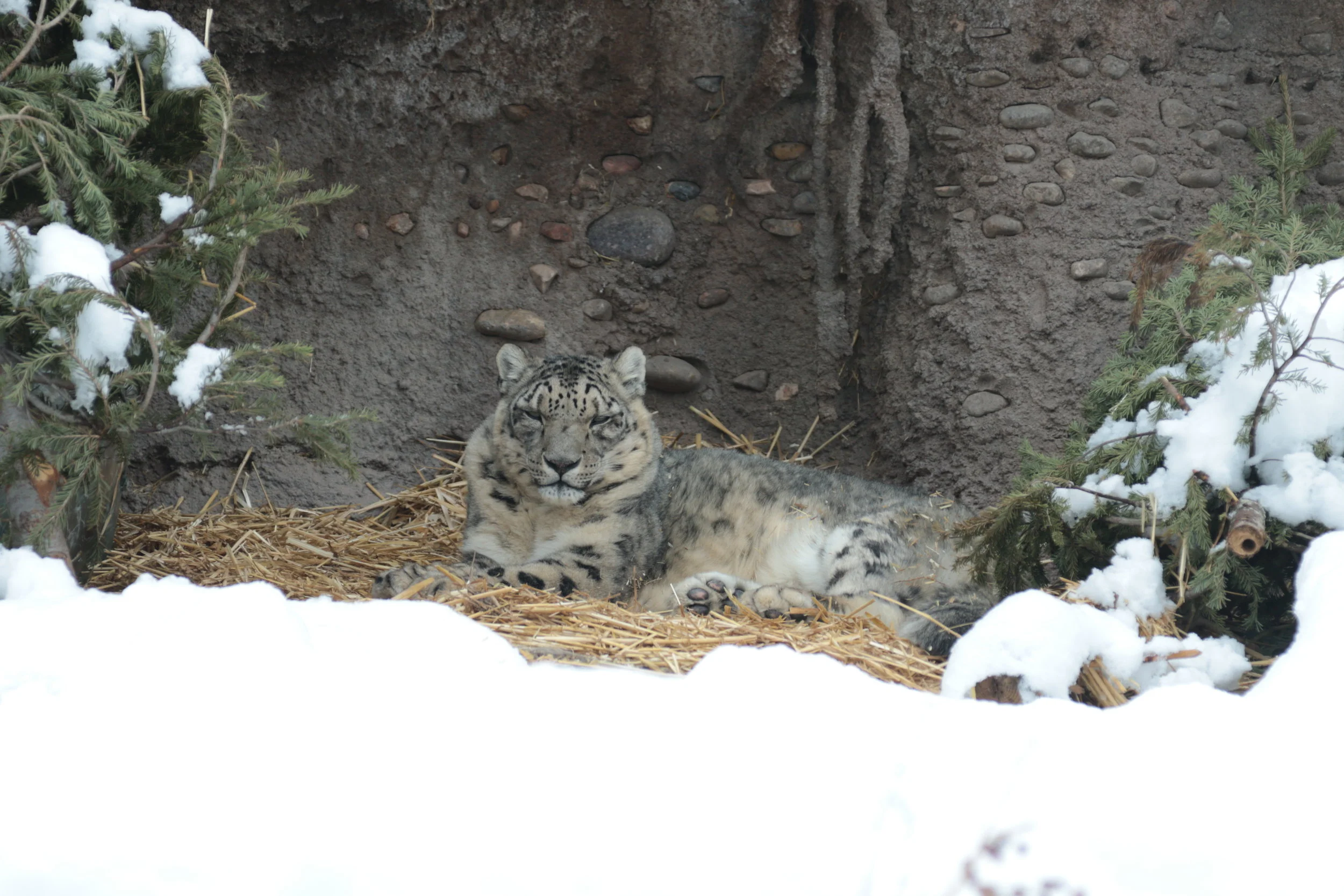Amur Leopard
"Amur Leopard" by Manny Carrasco (pen and white ink)
“The choosing of this big cat as a subject was an easy choice for me. First of all I love big cats. I’ve always found the leopard inspiring. Of the leopards, the Amur is the most critically endangered, hunted for its beautiful fur. This piece was a very meditative one. The number of strokes, the pressure of the pen, they were all filled with emotions, thoughts and hope. I studied a captive amur leopard and spent long hours and days watching it, sketching it and observing an incredibly beautiful design that only mother nature could provide.”
Your purchase is helping Expedition Art and Saving Species purchase land in Sumatra! Learn more about the project.
HABITAT
The distribution of the Amur leopard once extended throughout the Amur River basin and in the mountains of China and Korea. Now, only a tiny wild population remains in eastern Russia. These leopards prefer temperate forests but can survive as long as there is adequate tree cover.
Family Life
Amur leopards become sexually mature at around three years of age and breed during the months of spring and early summer. There are usually one to four cubs in a litter. Even though they are generally solitary creatures, male Amur leopards will sometimes stay with females and even assist in helping rear the cubs. Young Amur leopards stay with their mother until they are two years old.
Lifespan
The life expectancy of Amur leopards in the wild is anywhere between 10 to 15 years. They live slightly longer in captivity, living up to 20 years.
HUNTING HABITS/DIET
The Amur leopard is carnivorous; it prefers Roe and Sika deer, but will hunt other animals when these are scarce. It is an opportunistic predator. Other common prey include wild boar, hares, badgers and raccoon dogs. Nocturnal animals by nature, they hunt at night and prefer large territories to avoid competition, which is becoming increasingly problematic due to habitat loss. They are protective of their kills and will hide them wherever they can to prevent them being stolen by other predators.
POPULATION
The Amur leopard is one of the most endangered cats in the world. Only around 250 individuals remain in the world, with the vast majority living in captivity.
StAtus
Critically Endangered
(c) 2017 Kristy Tipton


